#65 Among the Cannibals & Headhunters - Steve Richardson
When Steve was just a child, he and his parents traveled halfway across the world to New Guinea and moved in with a tribe of Stone Age cannibals and headhunters.
Their purpose? To share the Gospel of Jesus Christ with the ends of the earth.
Their reception? Unbelievable.
Get the Bonus Story!
Hear the story of when a massive snake snuck into the children’s bedroom! Plus, the story of when the Richardson's canoe capsized and baby Steve fell into crocodile-infested waters! Eight minutes total.
But don’t forget, Monthly Supporters of any amount can hear our complete Behind-the-Scenes archive for all podcast guests (100+ hours of bonus content and stories). Steve’s full-length Behind-the-Scenes interview is close to 2 hours long.
The following is a summary of the podcast interview above with Steve Richardson. Many more details are included in the original podcast episode and we encourage you to listen.
Written by Jace Bower
When Steve Richardson was just a child, he and his parents traveled halfway across the world to New Guinea and moved in with a tribe of Stone Age cannibals. Their purpose? To share the Gospel of Jesus Christ with the ends of the earth.
Don and Carol Richardson met in Bible school in Canada. Don was Canadian and Carol was American. They got married and soon afterward attended a seminar where the speaker talked about the remote villages of New Guinea. He challenged his listeners to boldly take the Gospel into uncharted territory and bring the hope of Jesus Christ to the ends of the earth.
The Richardsons accepted the challenge and followed the call. When Steve was very young they packed up and moved to New Guinea. They paddled down the river in canoes, escorted by tribal warriors, and came to the territory of the Sawi tribe.
Meeting the Sawis
The Sawis had never before had contact with the outside world. They had seen airplanes in the sky overhead during World War II and subsequent years but had never actually encountered another person from an outside civilization.
As the Richardsons paddled their canoes down the river, they came face to face with four hundred Sawi warriors waiting for them. The women and children were hiding in the jungle, waiting until it was determined that the visitors came in peace and it was safe to emerge.
Without realizing it at that moment, Don expressed his peaceful intentions by lifting his young baby, Steve, up from the canoe and helping his wife come ashore. The Sawi trusted the peaceful intentions of men who came unarmed and carrying children. This was a sign that the Richardsons were coming in peace.
Then the throng of men exploded in dancing and the women and children emerged from the jungle. This was a historic moment for the Sawis. They celebrated for days with dancing. Steve likened the Richardsons’ walking through the reception to an “eye in a human hurricane”. There was so much joyous celebration going on around them.
The Sawi People
The Sawi tribe numbered about 3,000 people at that time. They were spread throughout the territory in eighteen villages. They were semi-nomadic hunter-gatherers, living in treehouses and living off whatever they could find in the jungle. Survival was challenging due to the lack of protein and the lack of tools that could be used for hunting or fishing.
Furthermore, the Sawis faced enemy tribes and lived in a wider culture of violent retribution. Grudges were held for generations and revenge killings were common. Fighting would break out between the Sawis themselves regularly. In fact, the main battleground was the clearing right in front of the Richardsons’ house!
The Sawis were headhunters and cannibals. They did not eat for nourishment but rather for the spiritual power they thought they could receive from their enemies. The Sawis believed that engaging in cannibalism with a dead enemy helped them incorporate the mystical powers of the spiritual world.
The jungle tribes in New Guinea were very spiritual and animistic. They feared evil spirits and were under much oppression from this fear.
Challenges to the Gospel
The Richardsons set about learning the Sawi language and building relationships with the tribespeople. Their ultimate goal was to share the Gospel of Jesus Christ with the Sawis but they needed to build a foundation first. There were so many cultural differences that required careful contextualization of the Gospel to make sense of the Sawi way of life and understanding of the world.
For example, the Sawis prized the ability to earn someone’s trust before betraying them to death. They placed a high value on this in their culture. They even had a word for this and it means “treating a human like a pig”. This was a reference to the Sawi practice of catching and raising piglets before slaughtering them for a feast.
When Don Richardson told the men of the village the story of Judas betraying Jesus, the Sawi men wanted to learn more about Judas, who they assumed was the hero of the story. Judas’ betrayal of Christ was far more relevant to the Sawi culture of treachery and violence. They had little regard for someone, who in their worldview, was foolish enough to be betrayed as Jesus had been.
The Richardsons had an open door with the Sawis due to the technology and provisions they had arrived in New Guinea with. The Sawis viewed these things, like tools and canned food, as “magic” and were open to the Richardson family. But the worldview differences were making it hard for the Richardsons to effectively communicate the Gospel message to a people who had no context for such good news.
The Peace Child
One day, a breakthrough occurred. Don heard a commotion and feared another battle was breaking out. But as he ran to the disturbance his attention was immediately centered on a young Sawi father, running with his infant son in his arms, towards one of the enemy villages. The child’s mother was crying and pleading with her husband not to take their son to the enemy. Don asked his Sawi companion what was going on.
The man explained that the only way the Sawi could make peace with their enemies was to establish trust that the truce would not be broken. The way they did this was to exchange a baby boy from each village. This baby was called the “peace child” and the peace between villages would last only as long as the peace child lived.
A “Redemptive Analogy”
It was at this moment that Don understood how to contextualize the Gospel for the Sawis. The concept of the peace child was a powerful practice of mediation and reconciliation through the giving of one’s son. This was exactly what the Gospel was.
Jesus Christ was the “peace child”, sent by His Father, to make peace with rebellious humankind. But unlike the Sawi peace child, the peace of Christ was eternal since the resurrected Jesus had been raised to life, never to die again.
Hebrews 7:25 (ESV) reads, “Consequently, he [Christ Jesus] is able to save to the uttermost those who draw near to God through him, since he always lives to make intercession for them.”
This is what Don Richardson called a “redemptive analogy”, a key planted by God in the Sawi culture to prepare their hearts to hear the Gospel. It was ingrained in the Sawi worldview and it revealed something of God and His redemptive work. Don and Carol and their family used this cultural understanding to great effect as they shared the good news of salvation with the Sawi people.
The Richardson’s Legacy
Many Sawis came to faith in Christ through the work of the Richardson family. Steve estimated that around 60% of the tribe had come to faith by the time the Richardson family left New Guinea. Churches had been established in every Sawi village with their own Sawi elders. The New Testament, and in some cases the entire Bible, has been translated into the Sawi language.
Long-term peace, outliving the human peace children, has been established in the territory and the introduction of modern tools to the Sawi way of life has led to better nourishment, medicine, and lifestyle improvements. High infant mortality has decreased and the population of the Sawi tribe, around 3,000 when the Richardsons arrived, is now around 30,000.
After serving in New Guinea, Don Richardson wrote a book about his family’s experience titled Peace Child. They also made a short film about the book and the book was condensed and published in Reader’s Digest. All told millions of people have read and been touched by the story of the peace child and the Richardsons’ mission to the Sawis in New Guinea.
—
Jace Bower is a writer with a passion for justice and biblical principles. He writes at jacebower.com.
Win an autographed copy of “Peace Child” or “Is the Commission Still Great?”
Note: Winner must live within the United States.
Note: Winner must live within the United States.
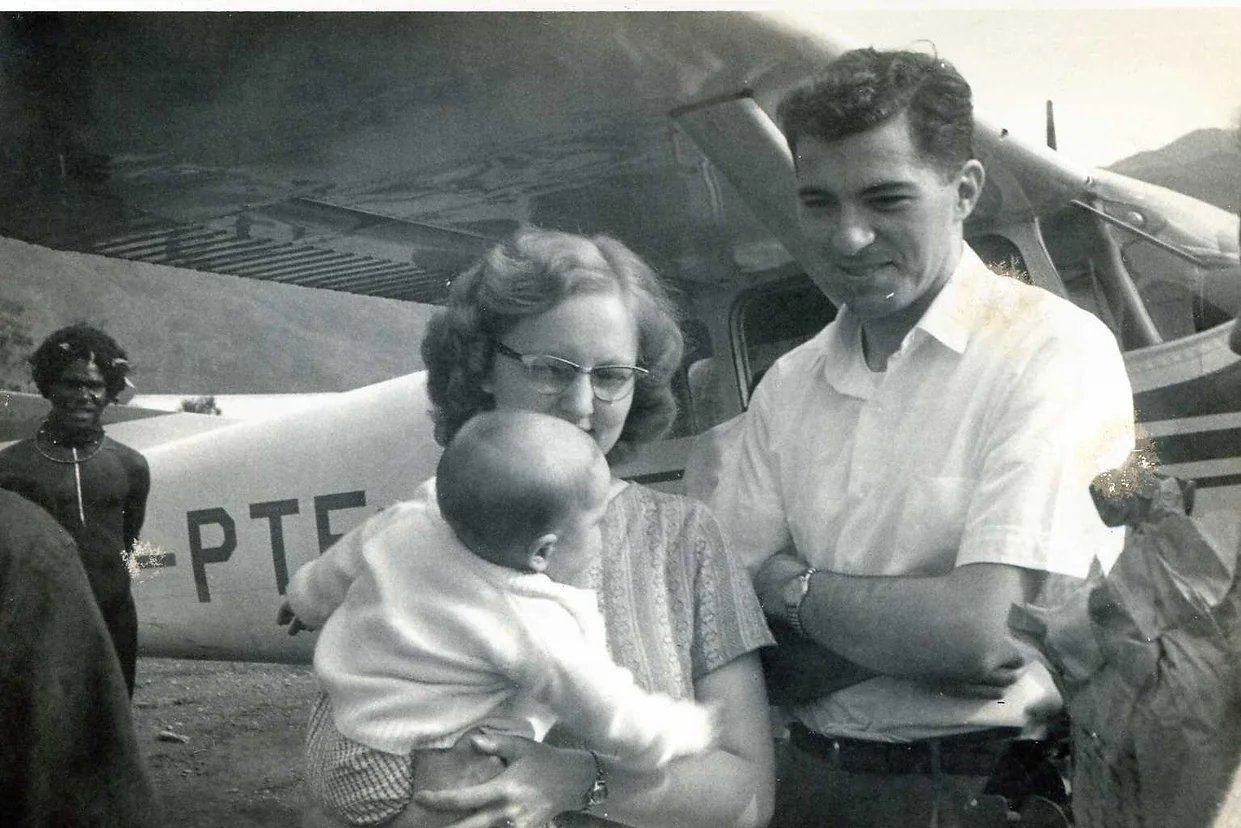
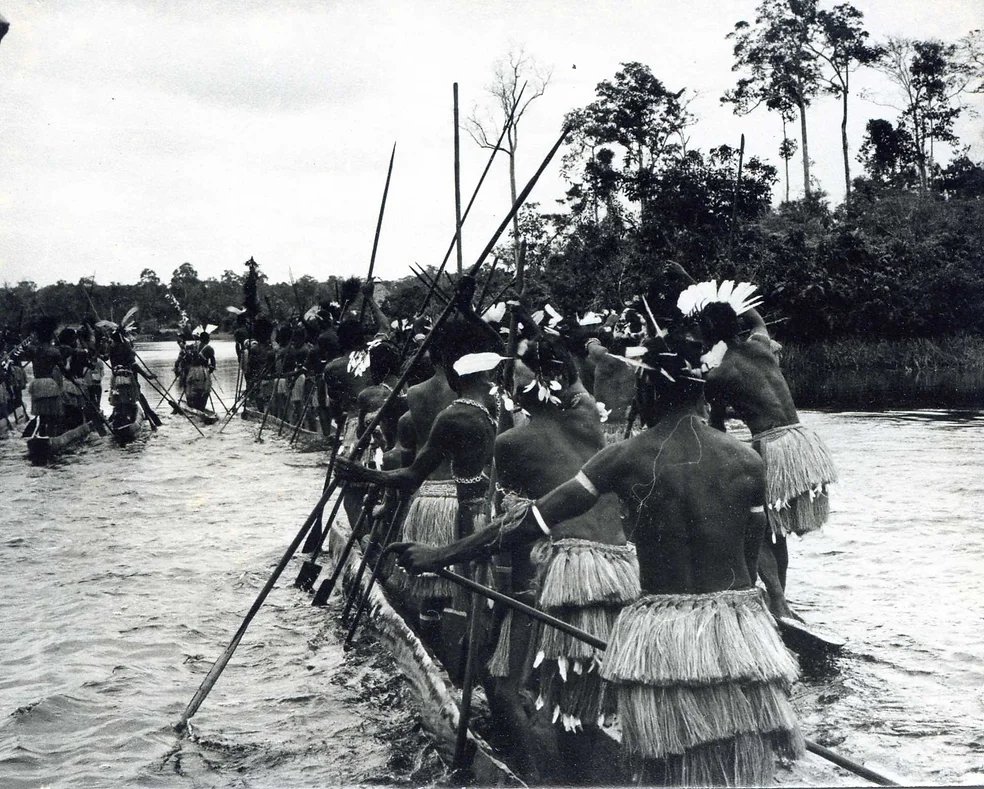
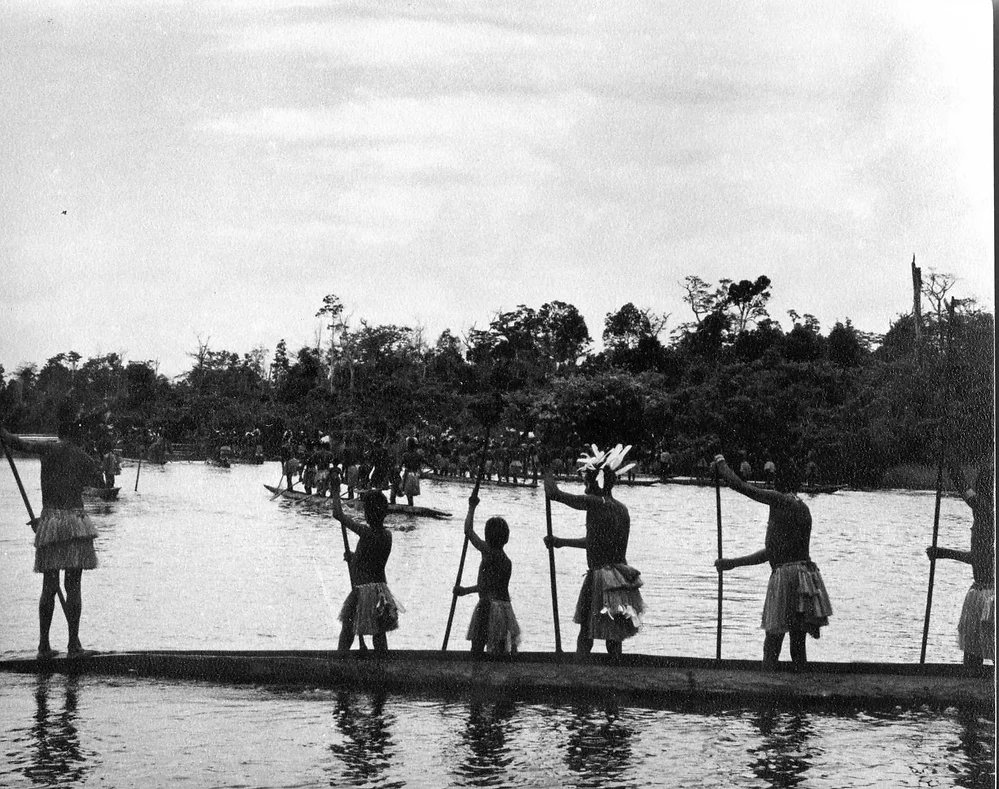

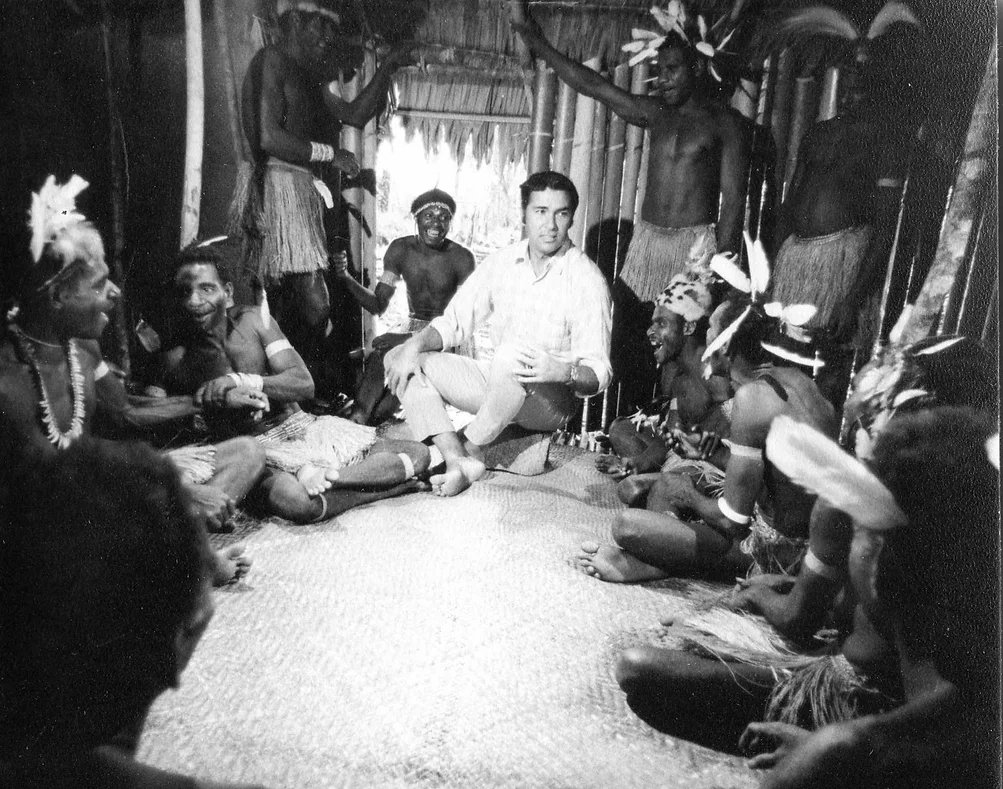
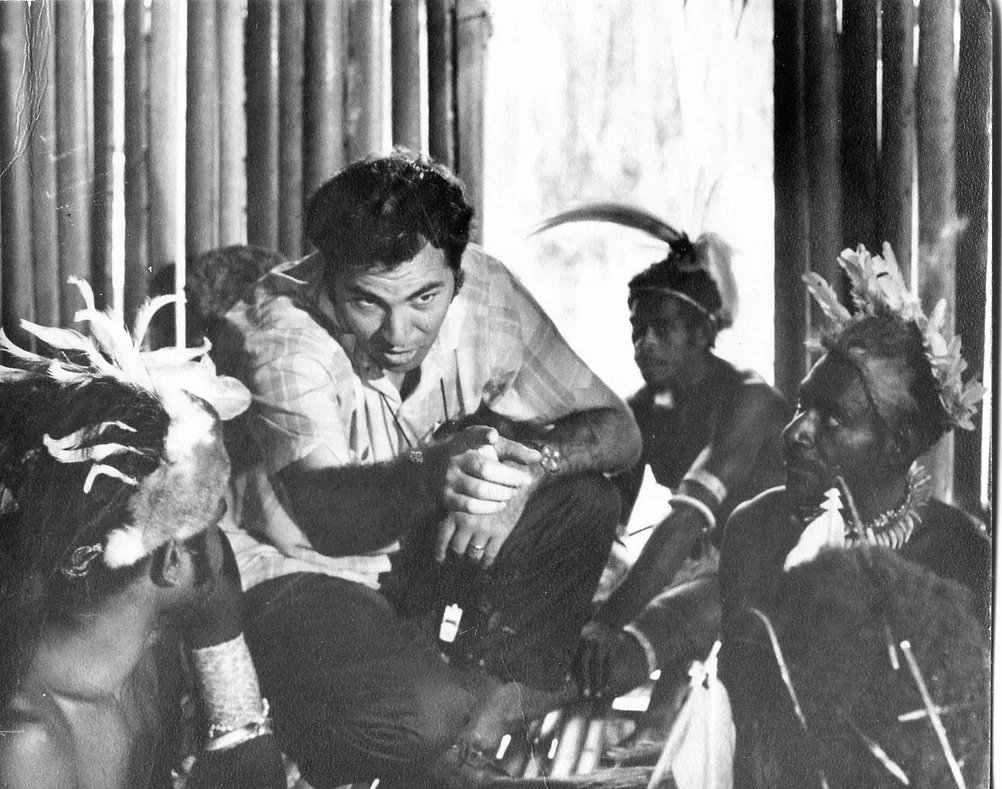
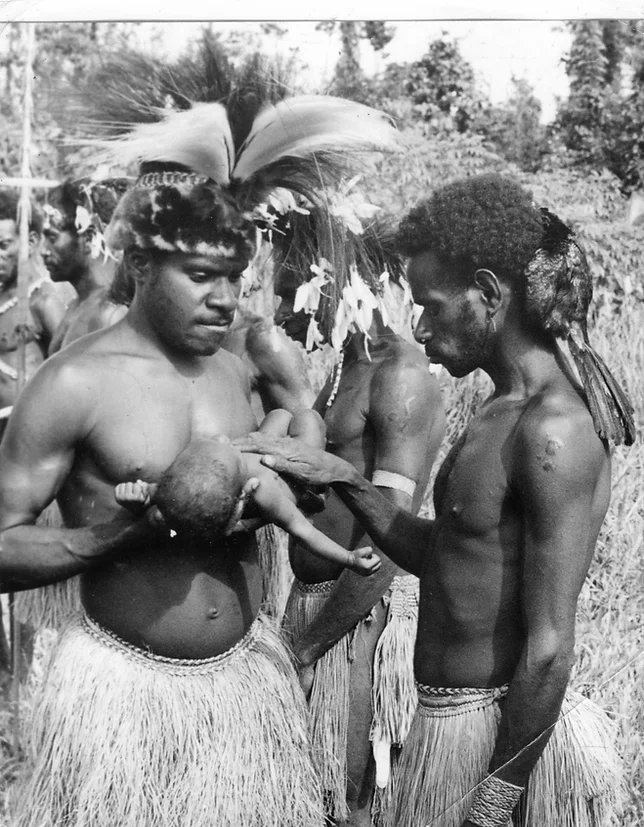
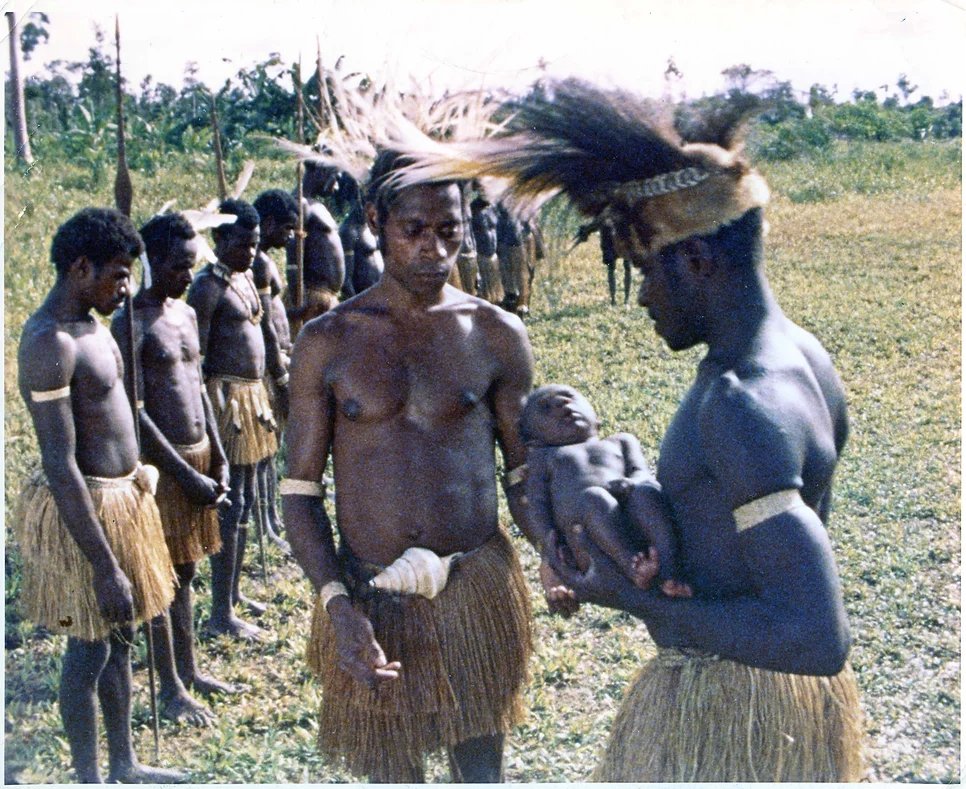
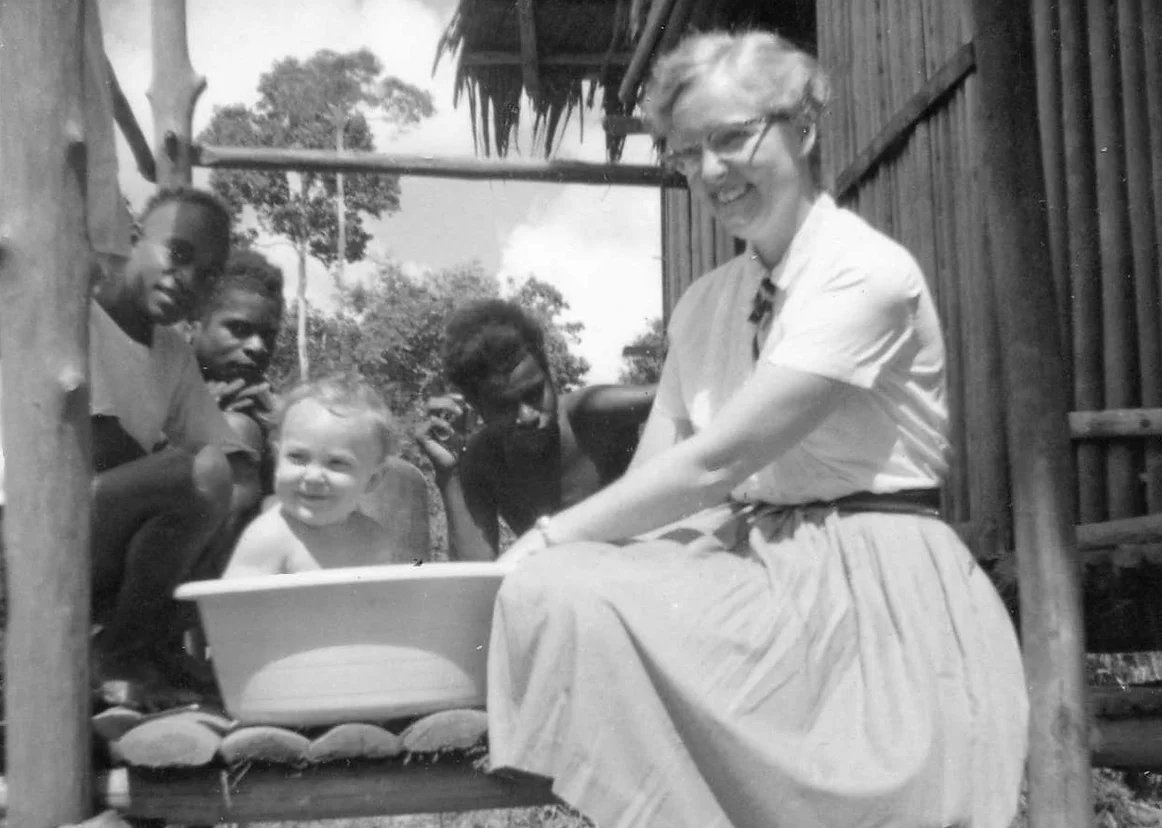
Go Deeper with Steve Richardson
Steve has served as the President of Pioneers-USA since 1999. Pioneers mobilizes and supports 3,200 missionaries and marketplace professionals who impact 500 unreached people groups in 95 countries. Learn more here.
Steve and his wife, Arlene, also spent eleven years planting churches among an unreached people group in Southeast Asia. (Full story accessible in our Behind-The-Scenes episode made available to our Monthly Supporters)
Steve recently published Is the Commission Still Great? 8 Myths about Missions and What They Mean for the Church (Buy on Amazon, More details on from Pioneers - also includes small group discussion guide)
Go Deeper with Don Richardson
Steve’s father, Don, passed away in 2018. More details on his story here.
Selected books written by Don (Amazon links):
Treachery on the Twisted River (a young-adult adaptation of Peace Child)
Later in his life, Don took up painting scenes from his time among the Sawi. You can view many of the paintings here.
Other Recommended Resources About Missions
Pioneers already has a great list here (books, podcasts, prayer resources, and more)
Selected Videos
50 years after coming to the Sawi, Don Richardson returned to the same location with his 3 grown sons (Steve, Shannon, and Paul) for a unique celebration.
Don Richardson explaining some of his paintings of the Sawi tribe.
Steve explaining his new book.

